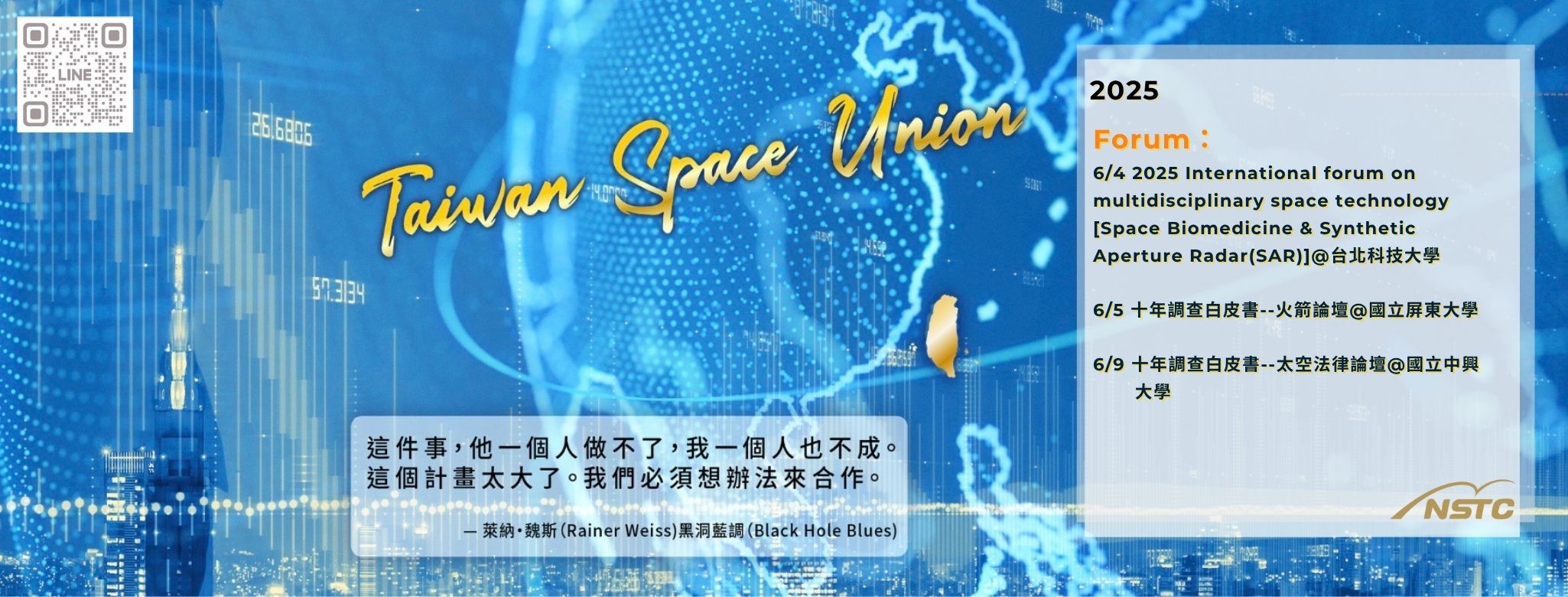Yao-Wen Hsu
Associate Research Fellow SAR Program Office, Taiwan Space Agency
y.w.hsu@ieee.org
Synthetic Aperture Radar is a microwave radar, designed to provide high resolution ground image from the air or space. However, the dispersive radar transceivers are sensitive to aging, temperature, etc., which may cause strong impact on radar image. The space borne environment add additional challenge to the calibration and verification. This work would first introduce the reason why the calibrated signals should be constantly monitor. The most commonly applied method is a three-step calibrating procedure, which can monitor the impulse response through a calibration network while cancel the response from the network itself. Combined with the onboard sensor data and on ground measurement results, a complete antenna models of the SAR system can be built to compensate the short-term drifting during each acquisition. For long term aging effect, additional permeant reference such as transponders or corner reflectors should be used. Additionally, the motion data should also be recorded for motion compensation of geometric calibration.


發佈留言